Aviation Painters perform all aircraft paintwork. Aircraft skin, propellers, instruments, engines, you name it — if it needs painting, it’s the Aviation Painter’s job. This highly skilled trade involves set-up and operation of tools and equipment, stripping, cleaning, masking of the aircraft and components, as well as selecting and mixing paints and using sophisticated automated painting equipment. Understanding and following all safety regulations is crucial to the job — an Aviation Painter’s work includes the use of hazardous chemicals and potentially dangerous industrial spray-paint equipment.
Aviation Painters are master craftspeople who know advanced coating application techniques and technologies and are well-versed in the full range of products, such as those that prevent interference with radar reception and static charges to those with enhanced electroconductivity and aluminum-filled organic coatings that can withstand 450 degrees Fahrenheit (232°C) operating temperatures. Aviation Painters also perform the Quality Inspection of completed painting.
Career Pathway
- Completion of Secondary School (required)
- On-the-job training (may be available)
- Get CCAA Certification (an asset)
Other Requirements:
- Good physical condition (work involves heavy lifting and climbing)
- Knowledge of and experience with hazardous materials (HazMats)
- At ease with heights as work can be up on aircraft wings and fuselage

